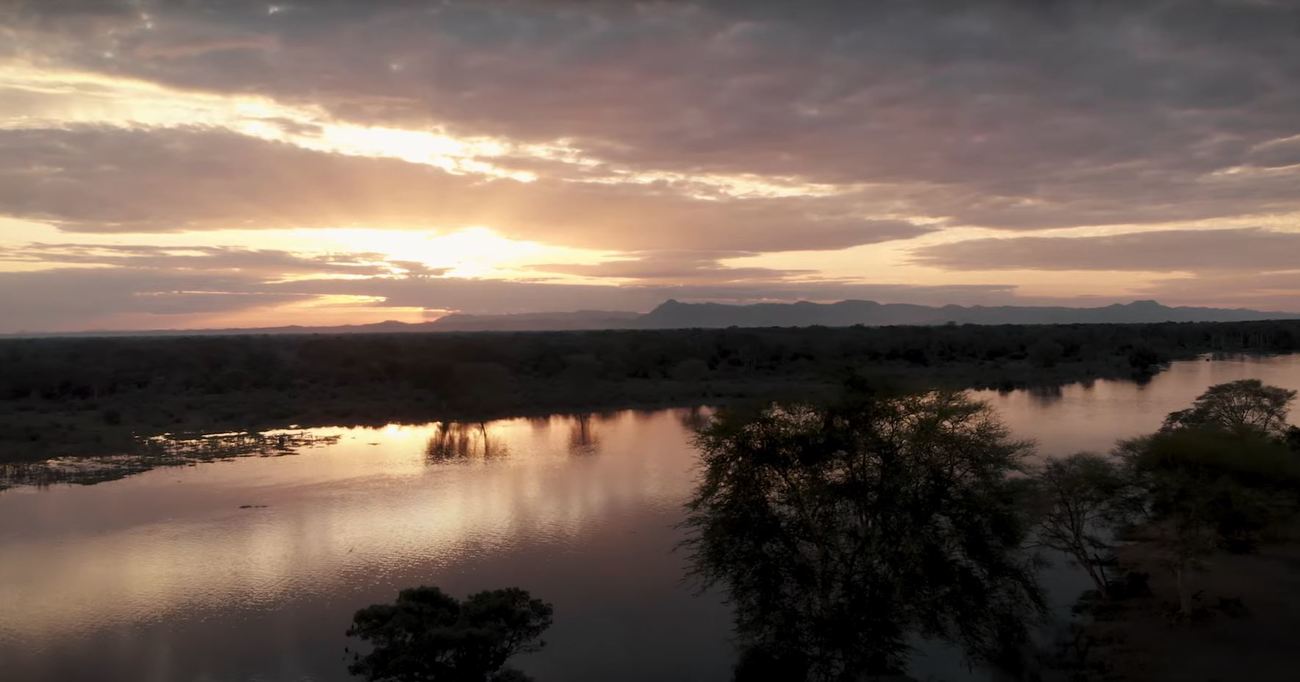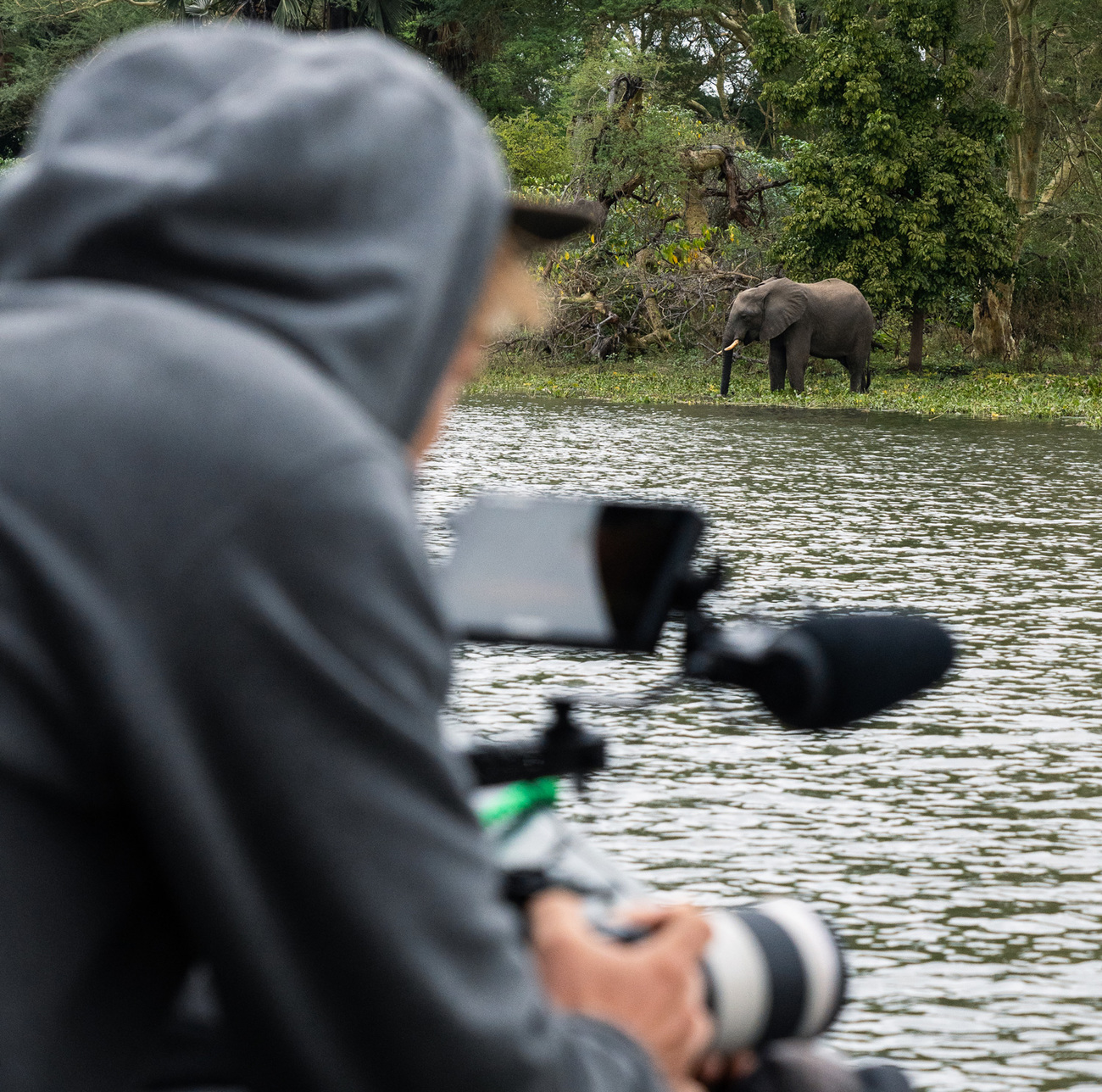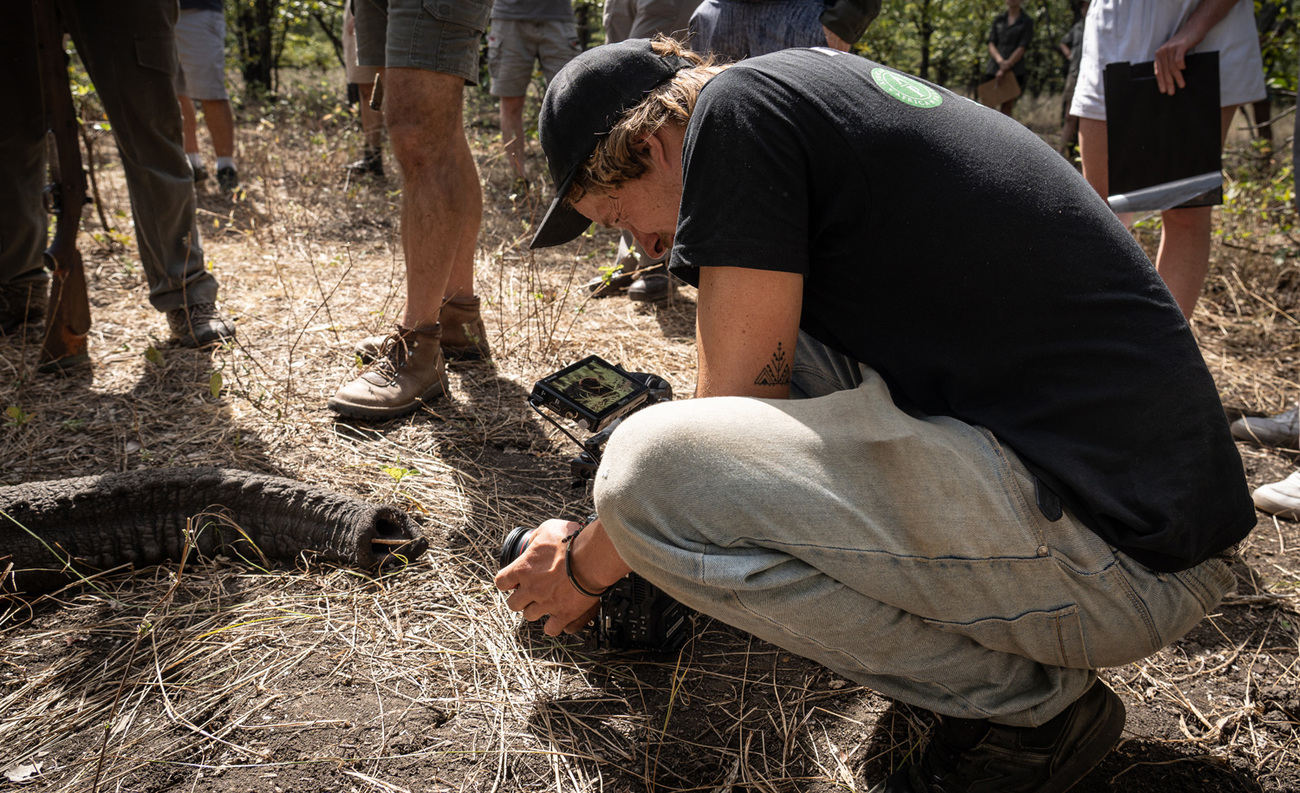Protecting the Malawi-Zambia Landscape
Habitats cross borders—so do poachersa filmmaker’s view of Malawi’s massive elephant translocation
a filmmaker’s view of Malawi’s massive elephant translocation

Written by Michael Zomer, Filmmaker
In late July a team of conservationists successfully translocated 263 elephants from Liwonde National Park in southern Malawi to Kasungu National Park along the Zambian border, where IFAW has been working to end poaching since 2015. Coupled with the successful antipoaching efforts, the translocation will ensure the long-term conservation of elephants in Kasungu, one of Malawi’s largest protected areas.
Moving animals as large as elephants requires precision, skill and coordination. I was fortunate to experience this incredible undertaking up close as the filmmaker hired to document the event.
During the translocation, we woke up before sunrise each day and were heading into the bush by 6:30 a.m. To get close to the action, I would hop onto one of the ground team’s trucks while a helicopter circled overhead searching for the elephants.
Once the helicopter team found the elephants, they herded them to the open plains and tranquilised them with darts. Next the ground team moved in to stabilise the sedated elephants. After that it took about 40 minutes to load the animals onto huge trucks. The translocation team was amazing—every member had a specific job, from ensuring an animal didn’t fall the wrong way to checking vital signs to clearing vegetation so the big trucks could roll in.

My biggest challenge was to anticipate the action and decide what to focus on because there was so much going on, and things were happening so quickly. I had to tell the story effectively in a short time frame and give it an arc. Also, shooting in the bush at midday was challenging because of the harsh light conditions. I wanted to document the story in a way that was visually compelling. My favorite shots were of the elephants being carried upside down onto the truck when the light was at just the right angle.
Participating in the translocation was an emotional experience for me. One memorable moment was watching a matriarch resisting the tranquiliser drugs after the rest of her herd was already unconscious. To see her as the last animal standing, fighting the drugs until she finally gave up and sank to the ground—that gave me goosebumps. It was such a powerful thing to witness.

It was heartbreaking, but in the middle of the action there was no time to completely embrace our emotions. Later, once the elephants had been loaded onto large trucks to be taken to their new location, we all celebrated and relaxed as our adrenaline levels dropped.
When I make a video, I always want to tell a powerful story, and that starts with a conflict. In this case, the key question I wanted to answer is why these animals need to move from one location to another. Most people don’t know that many parks in Africa are like islands, and if there are too many elephants in one park, there’s less vegetation. That can lead animals to break out, which in turn leads to human-wildlife conflict. That conflict then brings us to the solution, which the film shows as the team moving the elephants to a new park.
At the end of the day, I’m incredibly grateful for the opportunity to be a part of projects like this where I can use my professional skills to contribute to a better world.
Related content
Our work can’t get done without you. Please give what you can to help animals thrive.